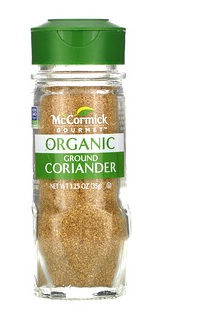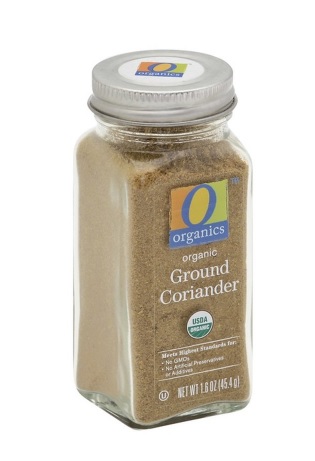|
Coriander |
 |
 |
| Commonly, about 1.5 tablspoons per day -
the tolerance band seems to be wider than turmeric, for example.
Sometimes |
|
the same student will vary from as low as one tablespoon to as
high as 2.5 tablespoons without noticeable effects. |
|
Depending on where you shop the plant might be known as
cilantro, Chinese parsley or dhana. In Latin coriandrum |
|
sativum. In this case we are NOT including leaves,
roots or stems - just dried seeds. If you are allergic to
celery, fennel or |
|
carroway it is reasonable to suspect you will be allergic to
coriander. Note that Vietnamese coriander (Latin Persicaria |
|
odorata) is quite different - it is closely related to
buckwheat. Likewise, Mexican cilantro (Latin Eryngium
foetidum), while |
|
a closer relative, is a different plant. Coriander and humans go
back a long way - it was found in the tomb of |
|
Tutankhamen, was written about using the Cretan Linear B
script, and was found in Nahal Hemar cave in Israel (and |
|
dated at more than 8,000 years old). Two mutations of the OR6A2
gene (on chromosome 11, in region p15.4) are |
|
associated with finding the taste of coriander soapy or
unpleasant. About $5. As with turmeric, students sometimes |
|
switch between the brands. |
|
|

